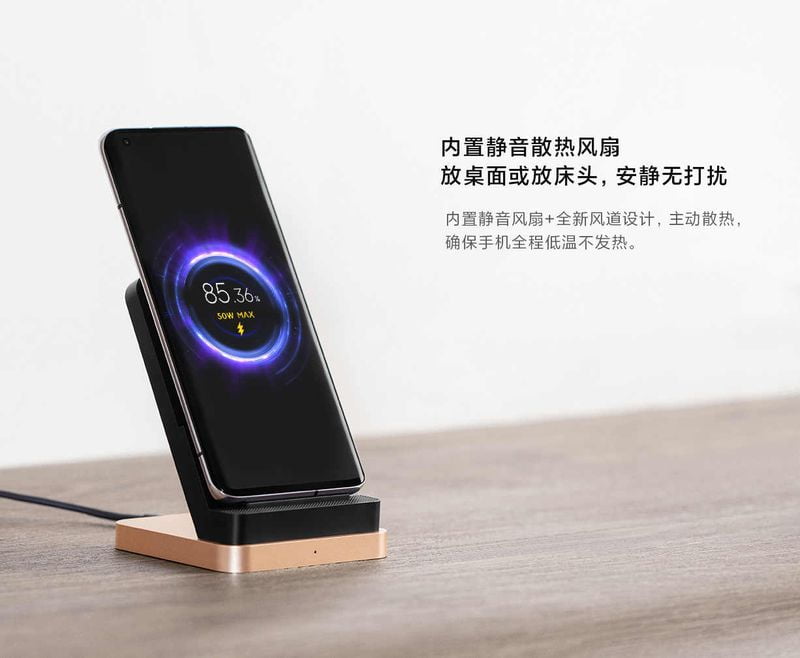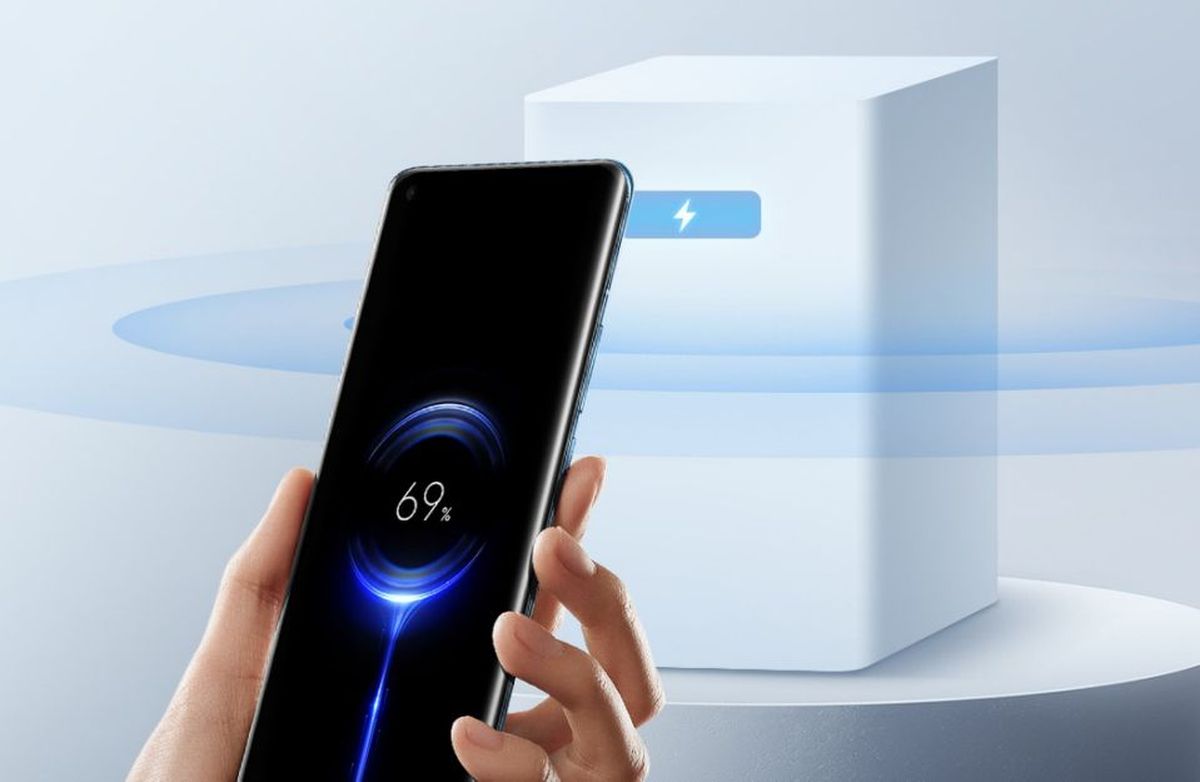Is Motorola and Xiaomi’s remote wireless charging safe?
Xiaomi, and then Motorola, announced their new remote wireless charging technologies a short while ago, giving us a glimpse of what’s to come in the future of mobile telephony.
Much has been said about these two new charging systems, and we are still left with many questions about how they work. However, one of the most repeated questions in this regard is how secure this technology is. And, although neither of the two companies has been willing to comment on this aspect, we can extract some information from the technical documentation provided by both Xiaomi and Motorola.
Motorola bets on Qi standard, while Xiaomi develops its technology
Although similar, the technologies presented a few days ago by Xiaomi and Motorola have important architectural differences. In the case of Xiaomi, we are talking about an own technology, based on an array of phase interference antennas integrated into the charging base, which allow detecting the devices to be charged and emit the millimeter waves charged with electricity towards them. These, in turn, will receive the energy through another antenna array in charge of capturing it and sending it to the battery.
The solution devised by Lenovo and Motorola, however, is somewhat different. The Chinese companies have opted for a technology derived from the Qi standard – the one used by practically all cell phones with wireless charging today – which allows devices to be charged at a maximum distance of between 80 centimeters and 1 meter. In the case of Xiaomi, the distance is extended to several meters -how many has not been specified.

But despite the differences in terms of the technologies used, both Xiaomi and Motorola claim a maximum charging power of 5W. Such power is far from being able to cause harm to a living being, much less a human being.
Moreover, while both technologies do not seem to be affected by physical obstacles that could be placed between the charging base and the device -both Xiaomi and Motorola claim that the charging speed is not affected by it-, Lenovo’s own General Manager in China stated to clarify that, as a special safety measure, if a hand or any other body part is identified as a crossing between the signal and the device being charged, the charging process will stop.
Both companies have assured that their systems are completely safe. And although no technical details have been provided in this regard, the reality is that there is no reason to think that this technology could be harmful in the medium or long term. It should not be forgotten, moreover, that at present these systems are still in a development phase, and once the time comes for their implementation in devices available to consumers, both will have to pass the certifications of the corresponding regulatory bodies.





